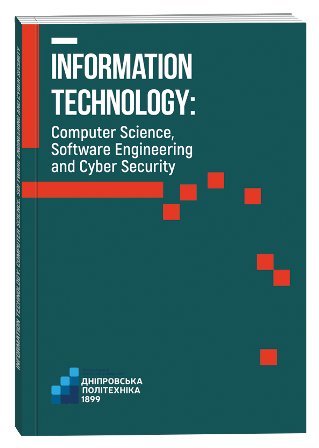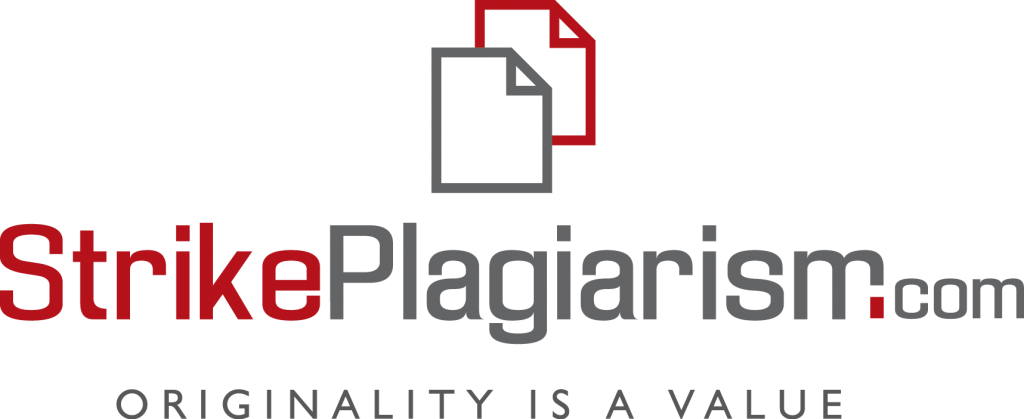ADAPTIVE CONTROL SYSTEM OF THE SELF-GRINDING PROCESS OF ORES IN AUTOGENOUS MILLS
DOI:
https://doi.org/10.32782/IT/2024-4-18Keywords:
autogenous mill, modeling, adaptive system, mathematical model, loading control, self-tuning, quality indicators, uncontrolled disturbances, uncontrolled disturbances.Abstract
The main goal is development of an adaptive self-regulating system for controlling the loading process of drum mills for autogenous ore grinding, providing specified indicators of control quality under conditions of uncontrolled disturbances. Methodology. To achieve this goal, methods of system analysis and synthesis of automatic control theory systems and mathematical modeling methods were used to assess the quality of processes for regulating the parameters of the adaptive system. Scientific novelty. A method is proposed for solving the problem of synthesizing an adaptive loading control system for autogenous mills, which takes into account in its formulation restrictions on the level of control action and a possible change in the structure of the mathematical model of the object. Conclusions. The feasibility of using adaptive self-regulating systems for controlling the loading of autogenous fuel mills is substantiated. The problem of synthesizing the main loop of the control system is formulated and solved, taking into account real restrictions on the control action and possible changes in the structure of the mathematical model of the object. The dependence of the control time of the main loop on the restrictions on the control action has been studied. As a result of modeling the processes in the self-tuning loop of the adaptive system, it was established that the time for setting the model parameters is significantly less than the decay time of the correlation function of the processes that cause drift of the object parameters. Thus, the fulfillment of the conditions of quasi-stationarity indicates the operability of the adaptive system. Practical significance. The use of the proposed adaptive system for controlling the loading of autogenous mills provides the necessary indicators of control quality under conditions of restrictions on the control action and the nonstationary nature of the facility.
References
Sokur V. I. Investigation of the process of crushing solid materials in the centrifugal disintegrators / V. I. Sokur, V. S. Biletskyi, I. O. Vidmid, E.M. Robota. Eastern-European Journal of Enterprise Technologies. 2016. № 81. P. 34–40.
Novytskyi I. V. A systematic approach to solving the problems of optimal management of two-stage technological lines / I.V. Novytskyi, V.V. Sliesariev, Y.O. Shevchenko. Collection of research papers of the National Mining University. 2022. № 71. P. 211–216. doi: https://doi.org/10.33271/crpnmu/71.222
Sokur V. I. Ore preparation: crushing, grinding, classification. Kremenchuk. V.I. Sokur, V.S. Bileskiy., І.O. Vidmid., E.M. Robota. Kremenchug 2020. ISBN 978-617-639-272-9.
Novytskyi I. V. Основні принципи організації пошукових процедур при управлінні процесом самоздрібнювання в барабанних млинах / I.V. Novytskyi, V.V. Sliesariev, A.V. Malienko. Collection of research papers of the National Mining University. 2021. № 66. P. 245–253. doi: 10.33271/crpnmu/66.245
Khotskina V. B. Automatization of control processes at the first stage of ore enrichment using quickly acting regressive models. Naukovyi Visnyk Natsionalnogo Hirnychoho Universytetu. 2014. № 3. P. 145–151.
Novytskyi I. V. Обґрунтування критерія оптимального керування процесом самоподрібнення руд у барабанних млинах / I.V. Novytskyi, Y.O. Shevchenko. Naukovyi Visnyk Natsionalnoho Hirnychoho Universytetu. 2024. № 4. P. 211–216. doi: https://doi.org/10.33271/nvngu/2024-4/061
Arvidsson S. Remote control and automation in Swedish iron ore mining. Metallurgy – An integral part of Innovative Sweden: The Ministry of Industry. Employment and Communications, Sweden. 2006.
Morkun V., Morkun N. Estimation of the crushed ore particles density in the pulp flow based on the dynamic effects of high energy ultrasound. Archives of Acoustics. 2018. № 43(1). P. 61–67. doi: 10.24425/118080
Pistun Y. Automatic control and optimization of ball mills / Y. Pistun, V. Zagraj, A. Skobalo /// Proc. of VIII Forum of Power Engineers, Techn. Univ. of Opole, May 29–31. 2002. ISBN 83-88492-04-7. PP. 575–581, Publ. House of Tech. Univ. of Opole. Opole. Poland.
Fedoryshyn R. The improved system for automation and optimization of solid material grinding by means of ball mills / R. Fedoryshyn, H. Nykolyn, V. Zagraj, Y. Pistun. Annals of DAAAM for 2012 & Proceedings of the 23rd International DAAAM Symposium. Austria. 2012. P. 053–056. ISBN 978-3-901509-91-9.
Feng L., Yang F., Zhang W., Tian H. Model Predictive Control of Duplex Inlet and Outlet Ball Mill System Based on Parameter Adaptive Particle Swarm Optimization. Mathematical Problems in Engineering. 2019.
Novytskyi I. V. Adaptyvna systema upravlinnya zavantazenyam barabanyh mlyniv somopodribnennya [Adaptive loading control system for autogenous drum mills] / I. V. Novytskyi, Y. O. Shevchenko. Collection of research papers of the National Mining University. 2014. № 44. P. 103–109. url: https://ir.nmu.org.ua/handle/123456789/152406
Bai Y., He F. Modeling on the effect of coal loads on kinetic energy of balls for ball mills. Energies. 2015. № 8. PP. 6859–6880.
Novytskyi I. V Modern theory of healing: textbook for universities / I. V. Novytskyi, S. A. US. National Mining University. Dnipro. 2017. ISBN 978-966-350-661-6
Dorf R. Modern Control Systems / R. C. Dorf, R. H. Bishop. Prentice Hall. 2008. ISBN 0132270285.







